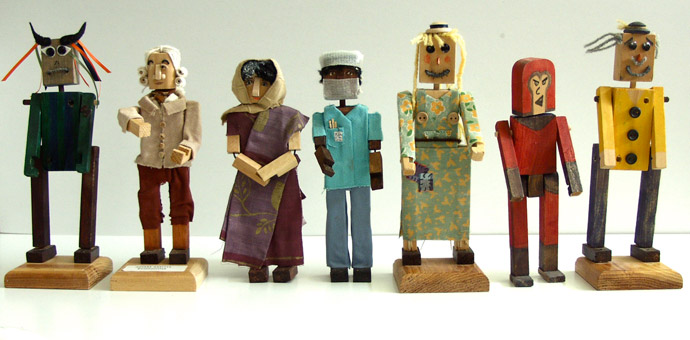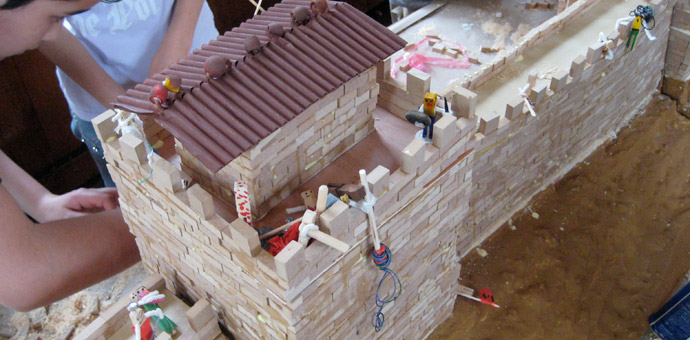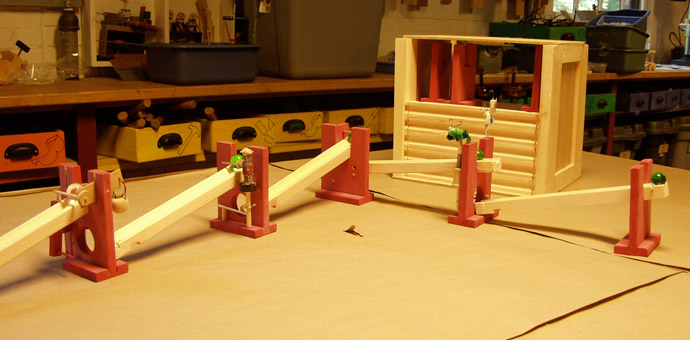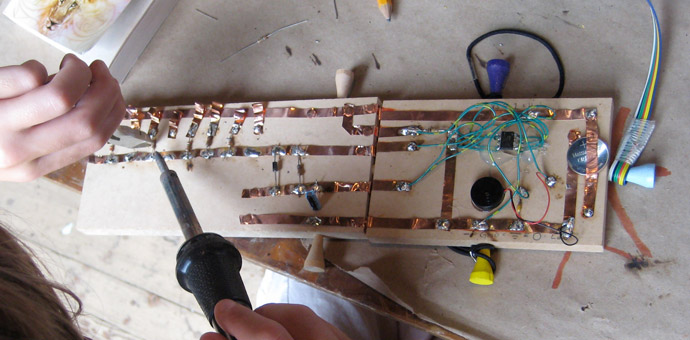4. Float everything.
On Water
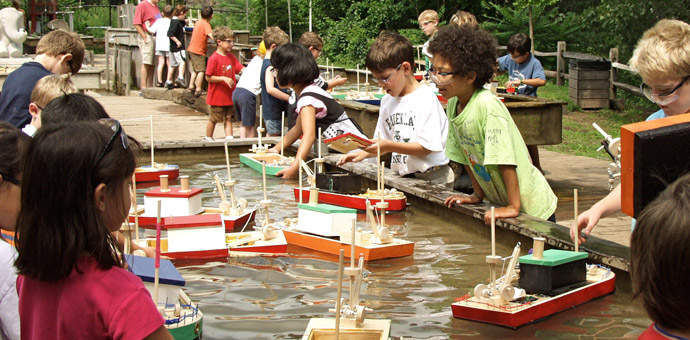
Asked where did you develop your visionary design ideas? the philosopher-inventor and Harvard dropout Buckminster Fuller responded: I grew up on an island off Maine building toy boats. Water is nature’s most lucid teacher. Plunge into the physics and engineering of water. Four year olds send simple barges through our Water Lab’s locks. Fourteen year olds assemble elegant skiffs. The Museum launches some 8,000 boats per year.
The Projects: Tug Boat, Leonardo Boat, Battle Ship, Trade Ship, Beagle, Canoe
The Product: Dave Cox, Daniel Finestein, Jon Winter, Justin Stroop
On Air
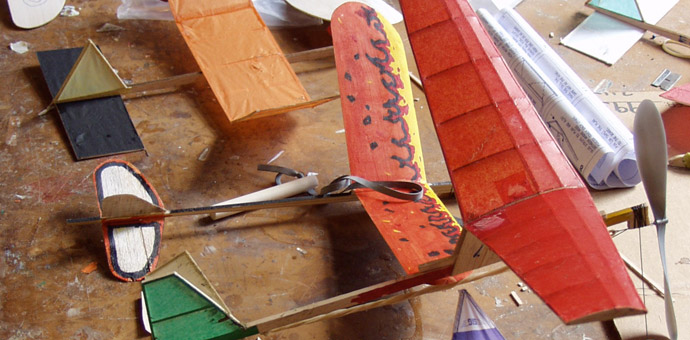
Air is invisible until you loft a tissue and balsa craft on it. An 8 year old can trace the learning of the Wright Brothers with a rubberband glider: first 13 seconds of flight, then, after many tries, the 59 seconds that began the age of powered flight. Master sophisticated construction and learn the discipline of reading air currents. Our Wilbur and Orville Society has produced more leading compteitors than any other workshop in the nation.
The Projects: AMA Cub, P 30, Hand-Launched Glider
The Product: Sara Radziunas
5. Defy gravity.
Watch a toddler decode the mysteries of gravity. Every neuron in the brain is connecting to orchestrate the improbable wonder of balance. Five year olds reprise the effort in teaching their first BlockHead gymnastics. Nine year olds learn to move the center of gravity in a Pinewood Derby Racer. Twelve year olds learn to refine the near disequilibriums of a Whitney Relay. And a few of our gifted apprentices run off to join the circus.
The Projects: Folk Toys, Pinewood Derby Cars, Tops, Balancing Circus, Marble Tree, Calder Circus
The Product: Meg Hislop, Taylor Jones
6. Play with light.
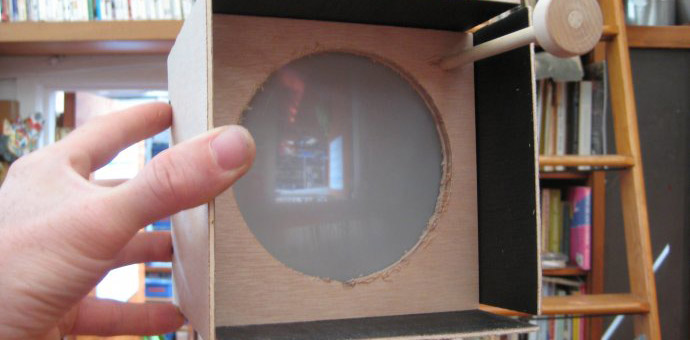
We teach children to trust their own eye, to really see. We add projects that bend, reflect, and divide light...projects that attempt to trick the eye... to develop the rigor of their looking.
The tricks of light prepare the young mind for the invisible mechanics that are the essence of advanced technology. Four year olds sharpen the edges of shadows. Fourteen year olds search for the big picture. We light 9,000 LEDs per year.
The Projects: Shadow Puppets, Phenakistoscope, Kaleidescope, Camera Obscura, 4 Frame Animation, Magic Wand
The Product: Jen Oxley, Alison May, Tom Simon, Anya Samler
7. Feel the (magnetic) Force.
By the year 1000, the Chinese had learned to follow the direction of a magnetic south pointing fish. In Whitney’s era, Faraday generated electricity with magnets, Morse sent messages with magnets, all without understanding the precise physics of their attraction. At the Museum, four year olds couple magnetic trains, eight year olds configure the gyrations of magnetic pendulums, twelve year olds spin reed switch motors, all discovering directly the shape and power of each magnet’s field. This experience will prepare them to some day grasp Einstein’s synthesis of the universe’s basic forces.
The Projects: Refrigerator Magnets, Trains, Magnetic Pendulum, Magnet Circus, Electromagnet, Mag Lev Train, Reed Switch
The Product: Ben Chichy
8. Make good vibrations.
As a boy, Eli Whitney constructed a violin that established his inventive virtuosity. Yale physicist Robert Grober has developed a device that dramatically improves golfers’ strokes by amplifying the swoosh of their swing. His work reminds us that too often we underestimate the wisdom of our ears. At the Museum, five year olds explore the timbre of timber in xylophones. Nine year olds invent cadences with robot drums. Fourteen year olds express the impedance of resisters as pitch with mini theramins.
The Projects: Xylophone, Pill Drum, Violin, 5 Note Piano, Robot Drum, Drawdio
The Product: Nick Adler, Rogers Brothers, Sarah Perkins
